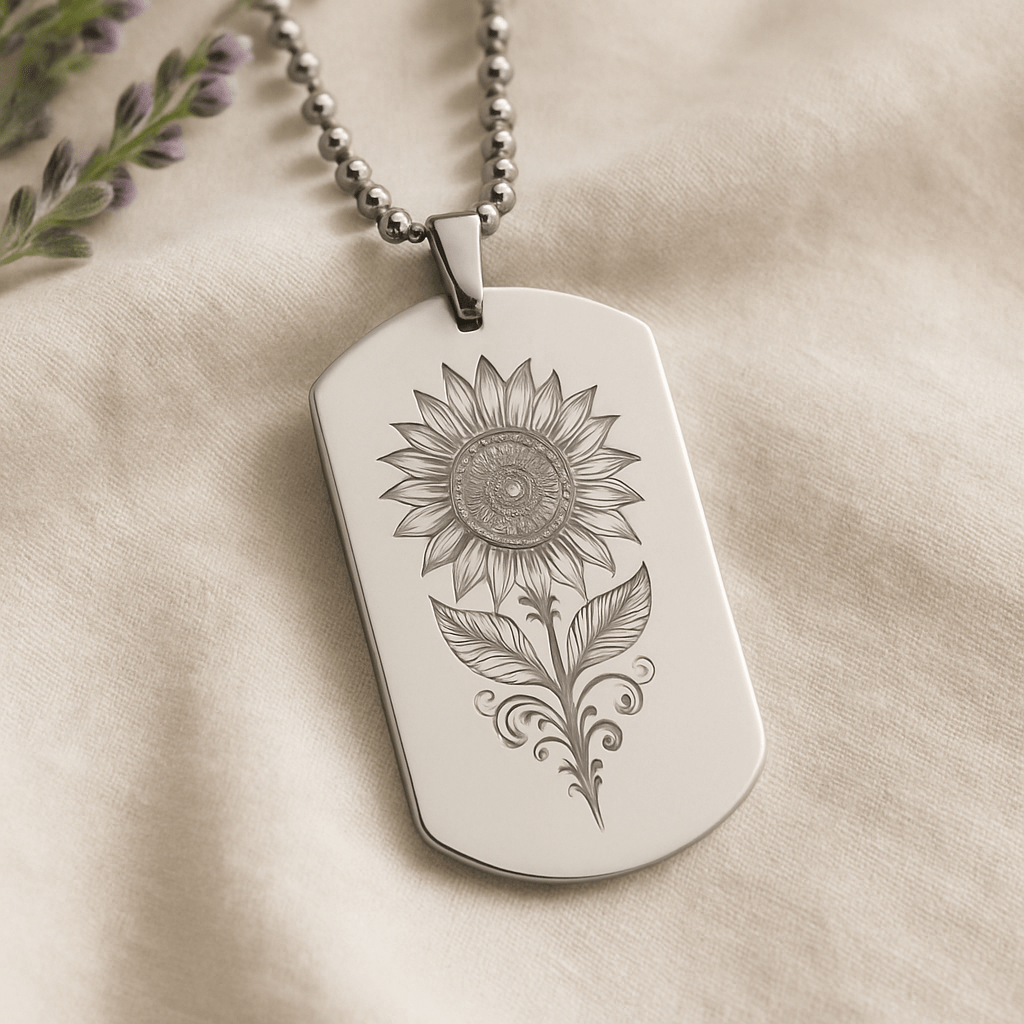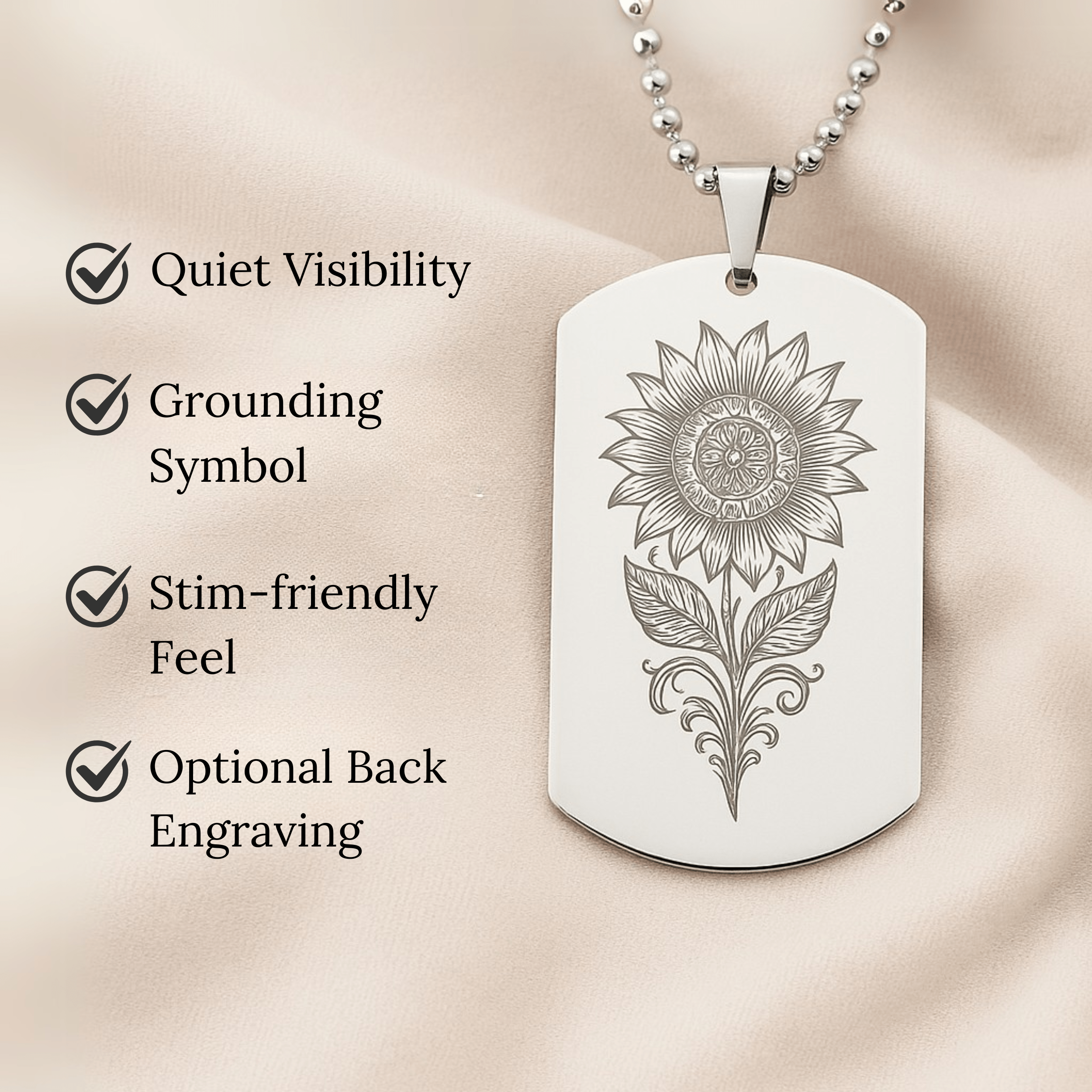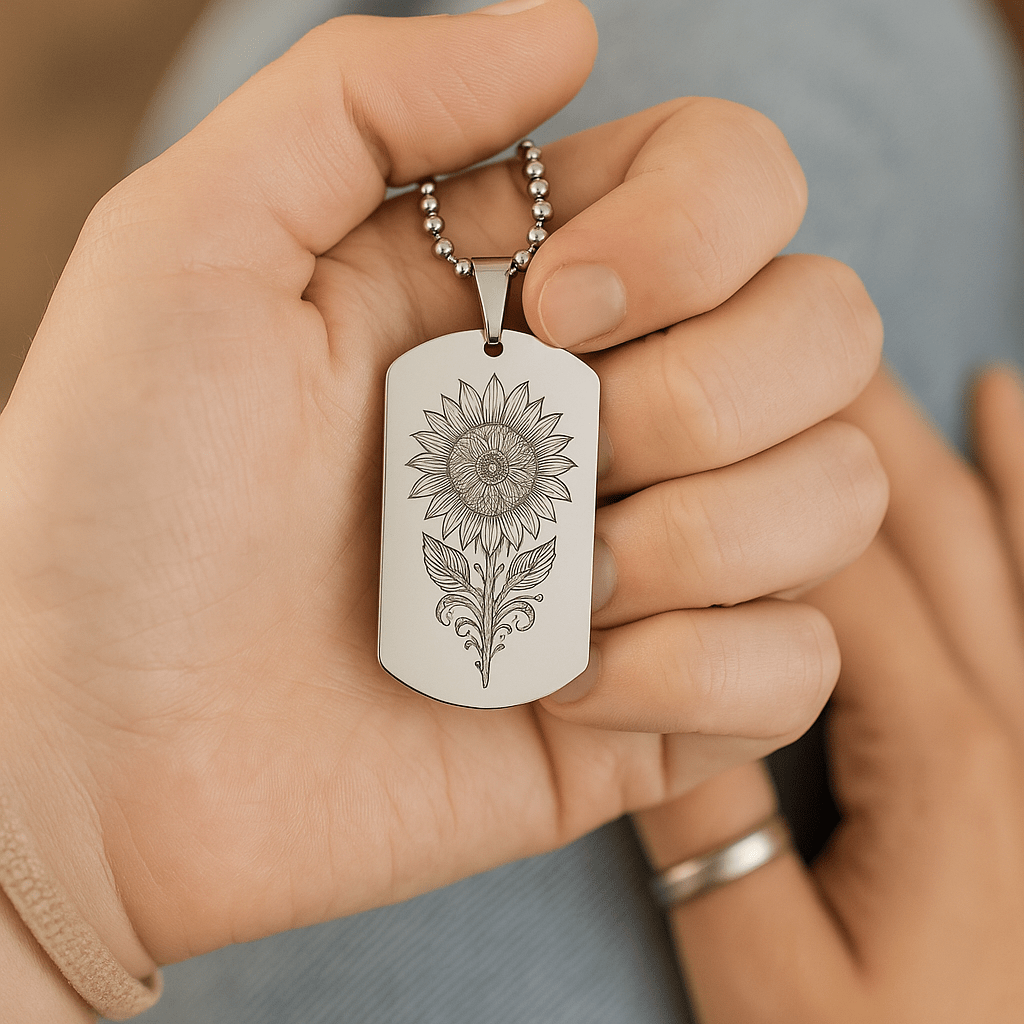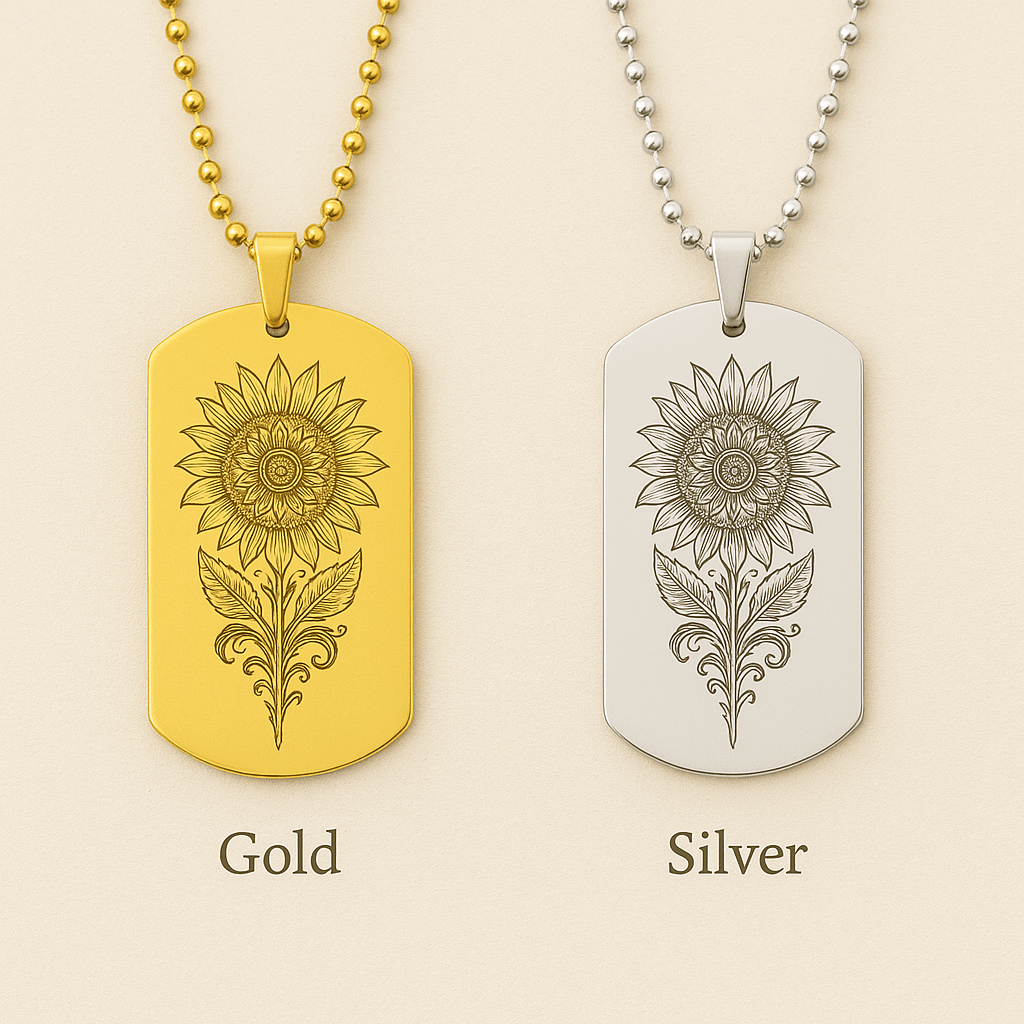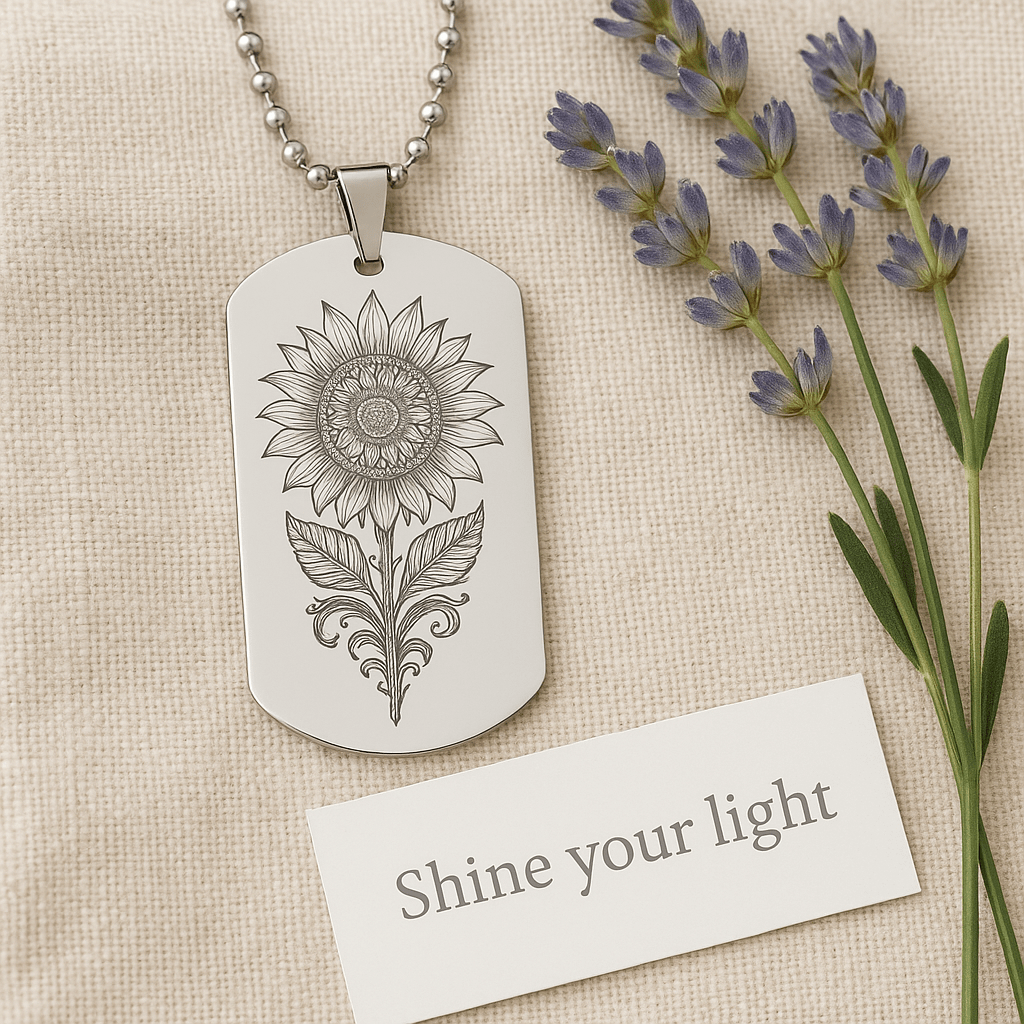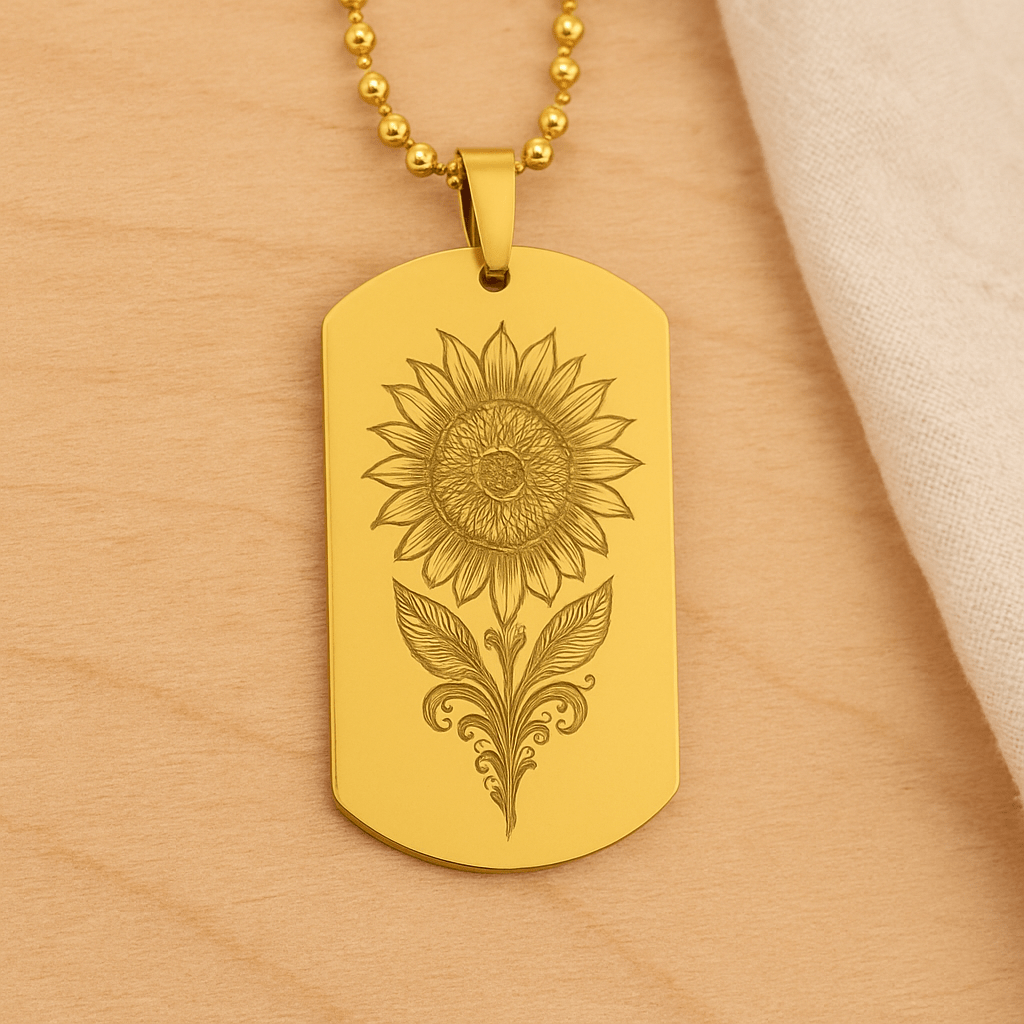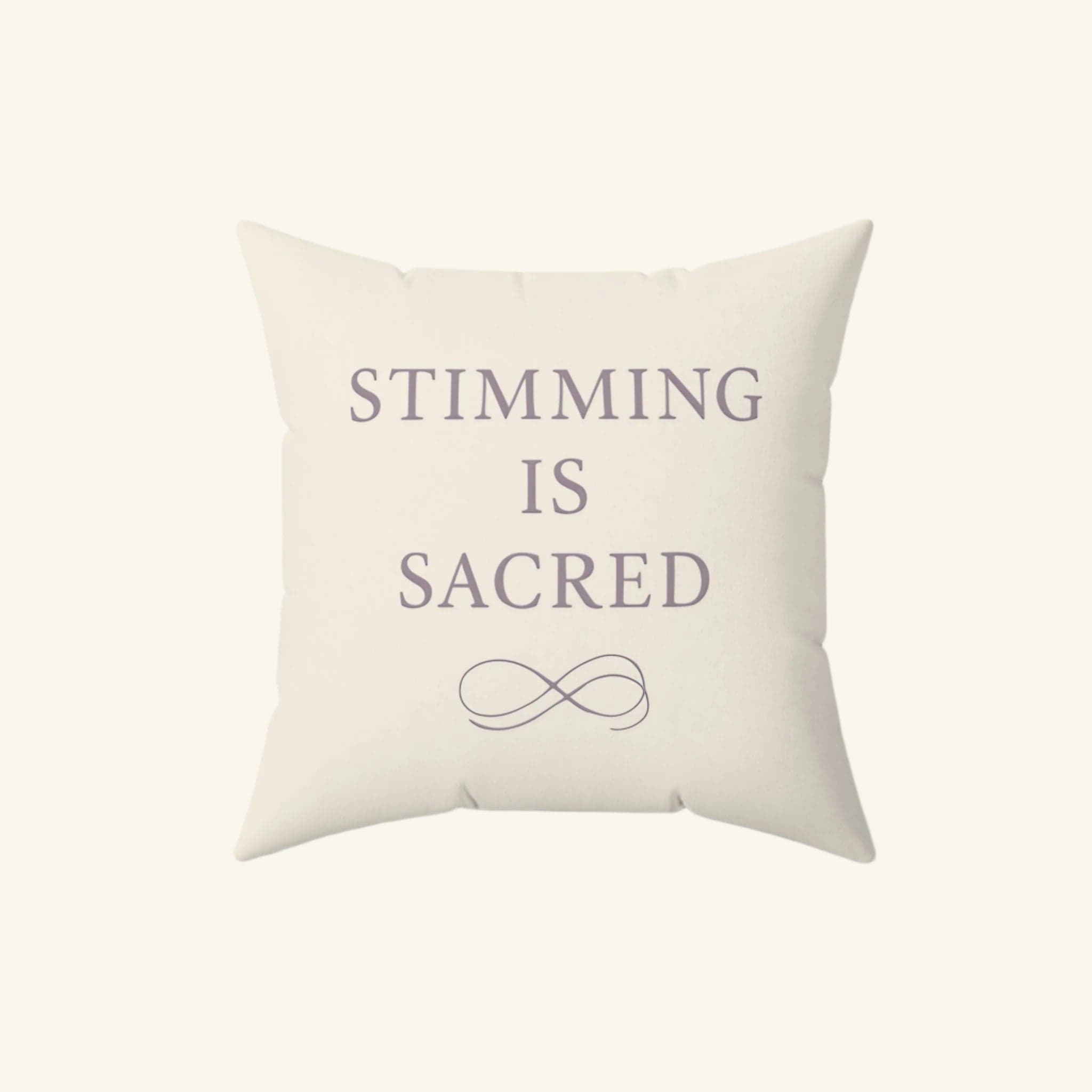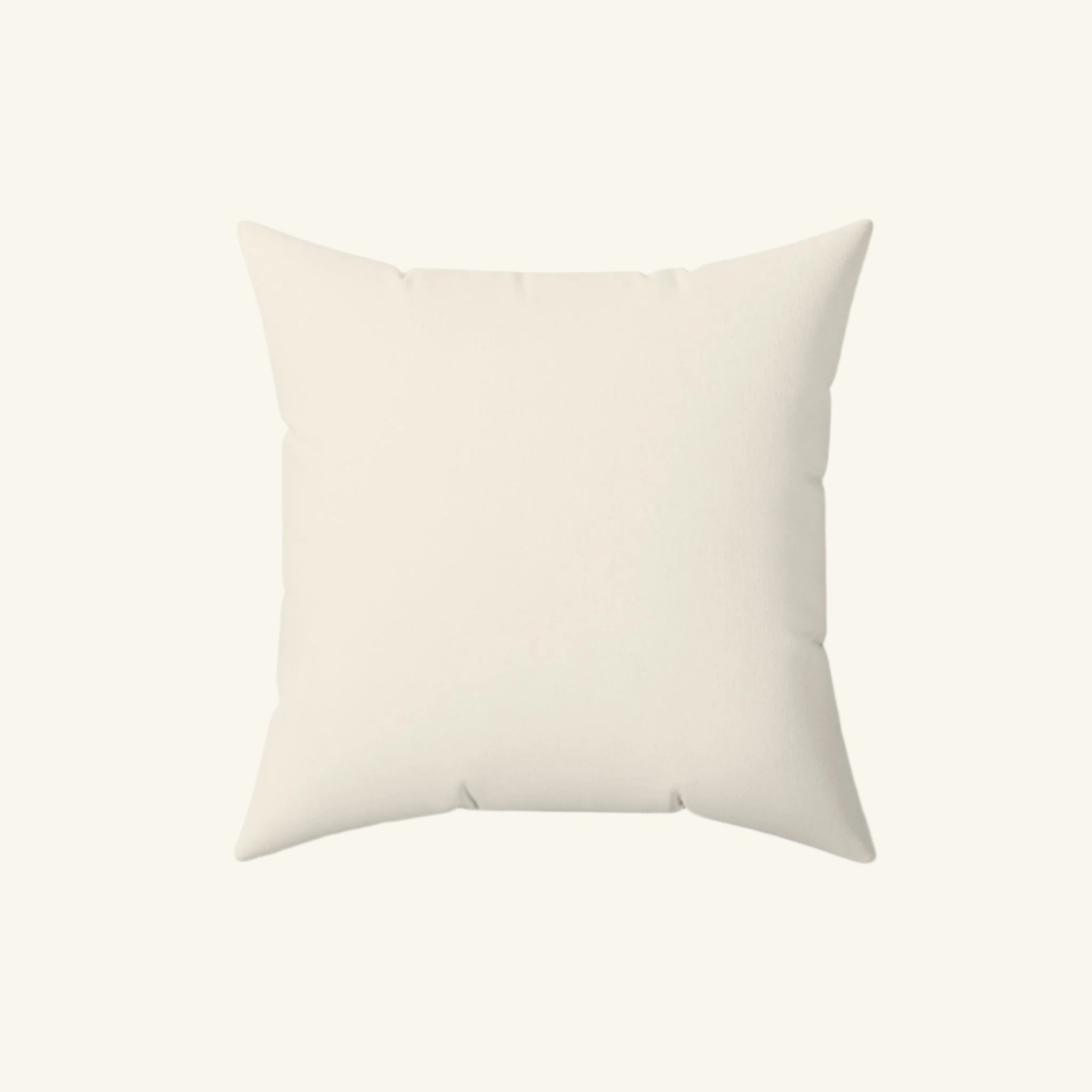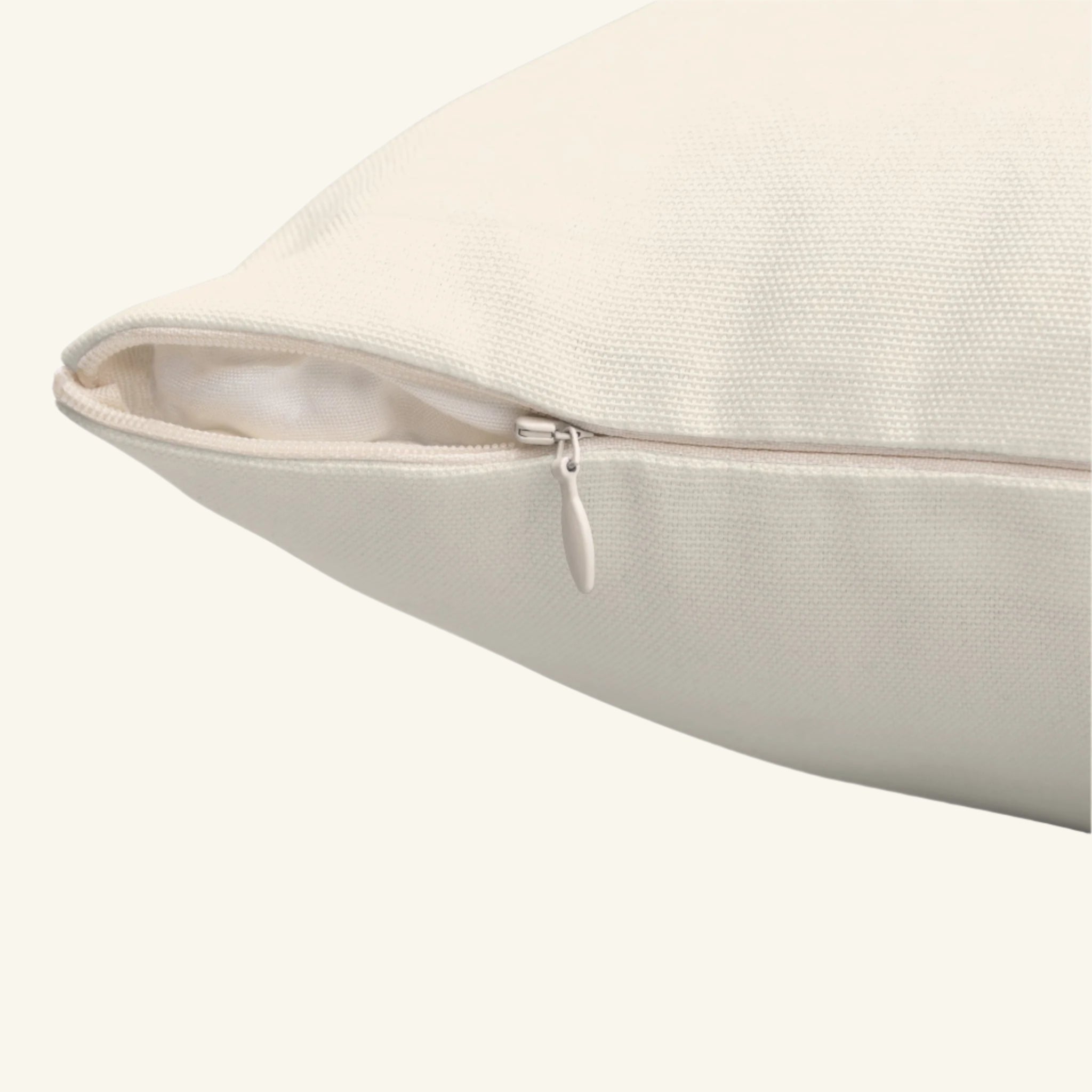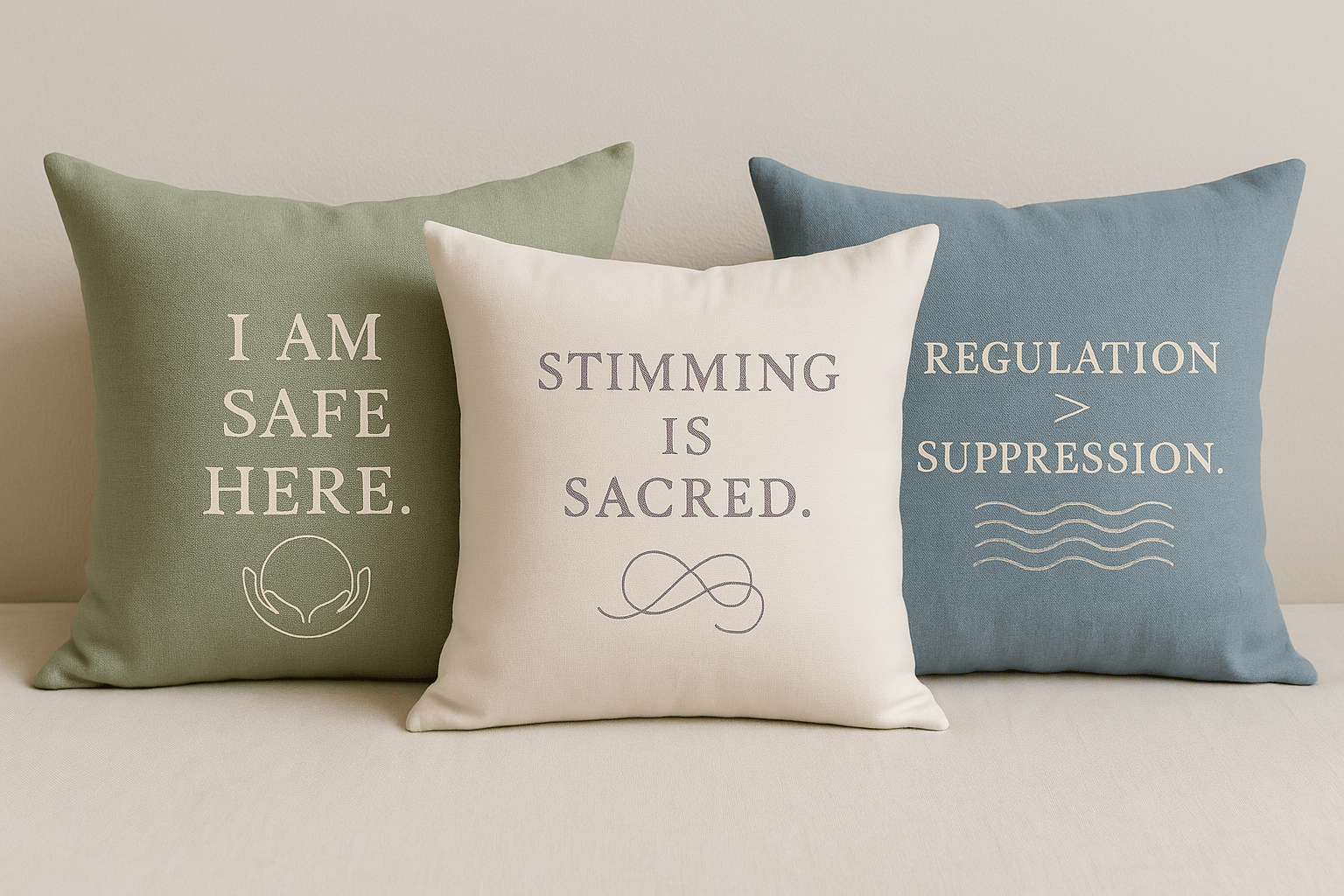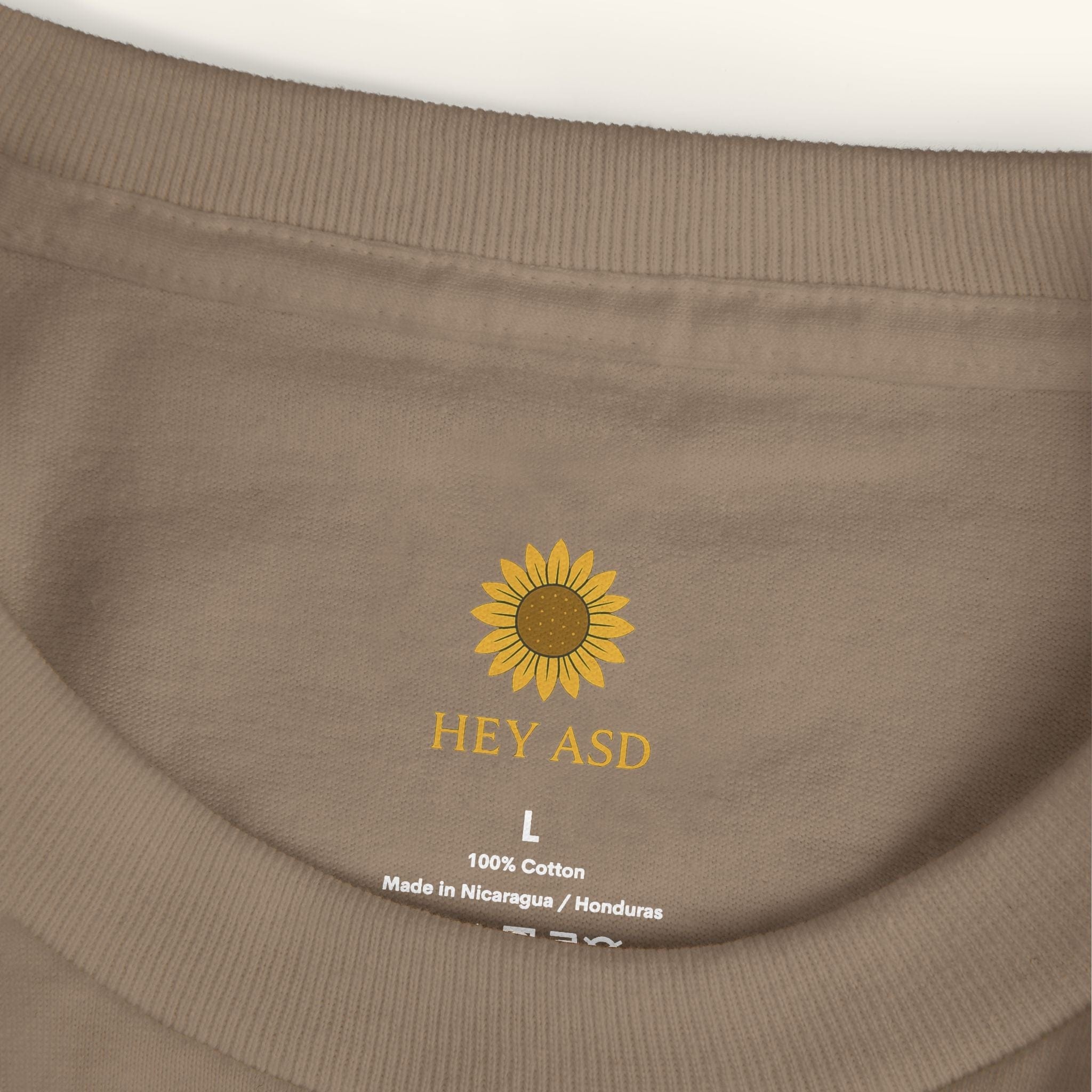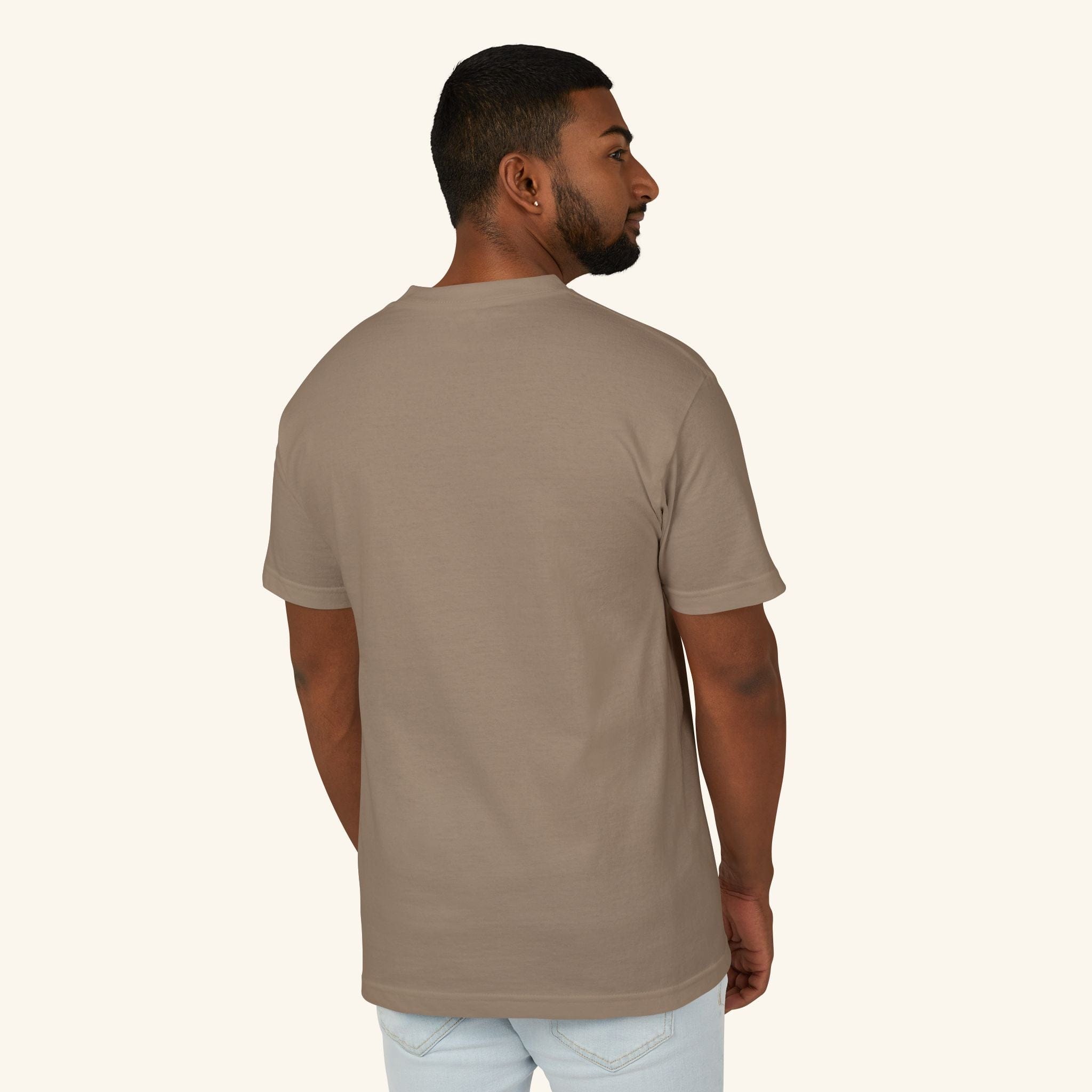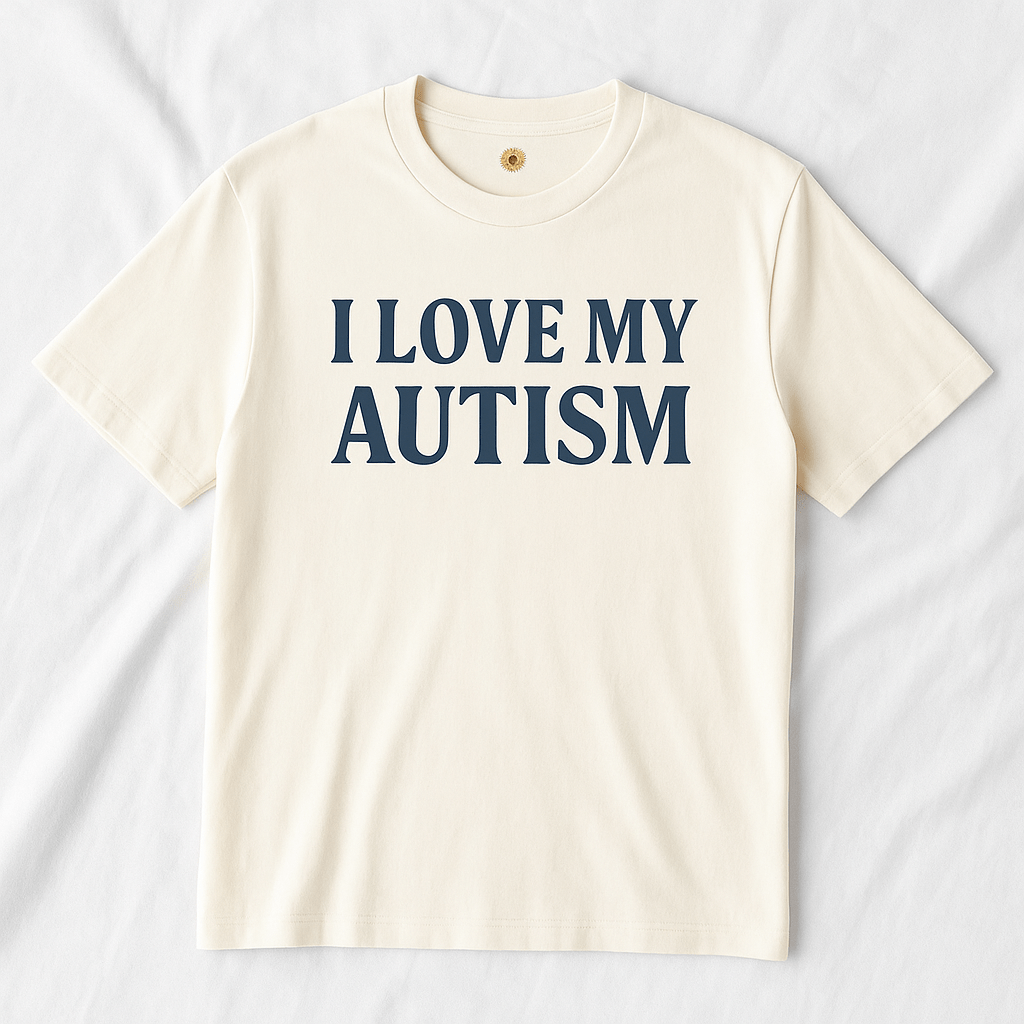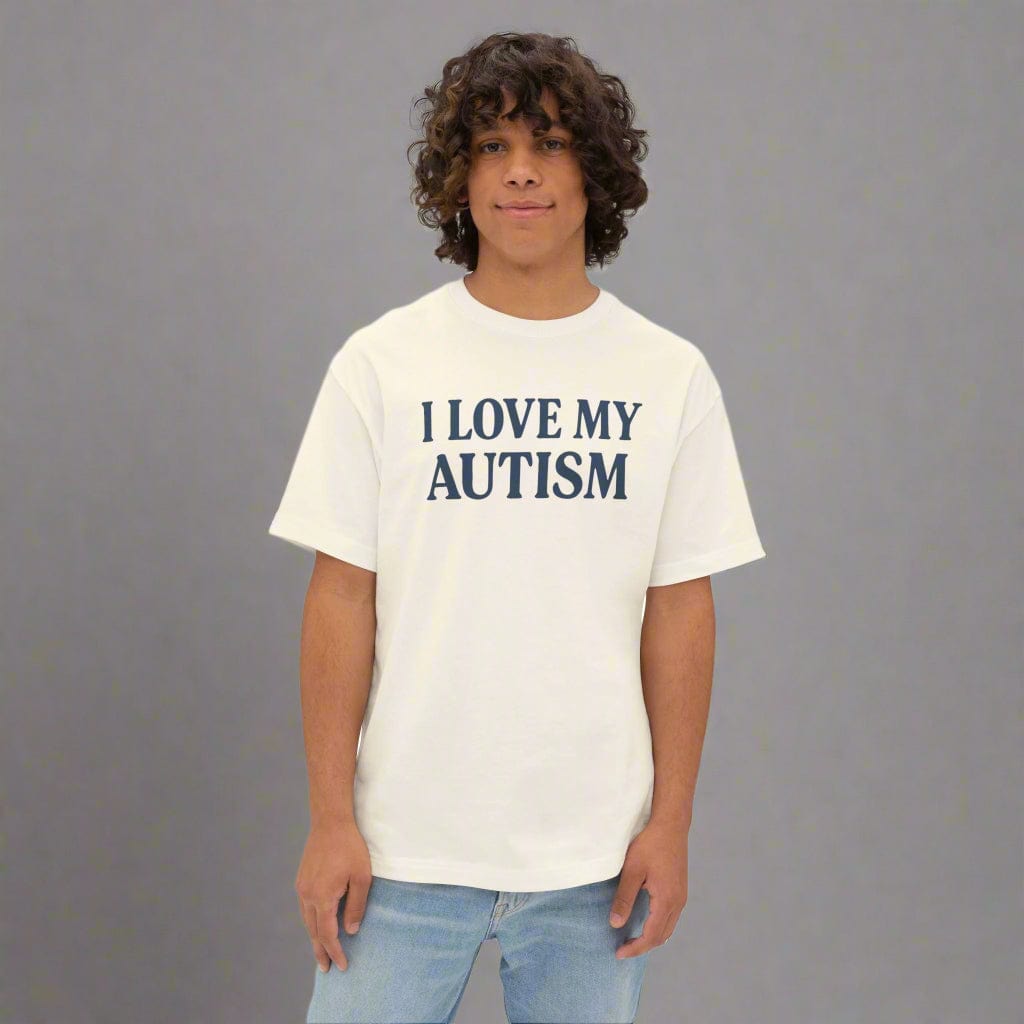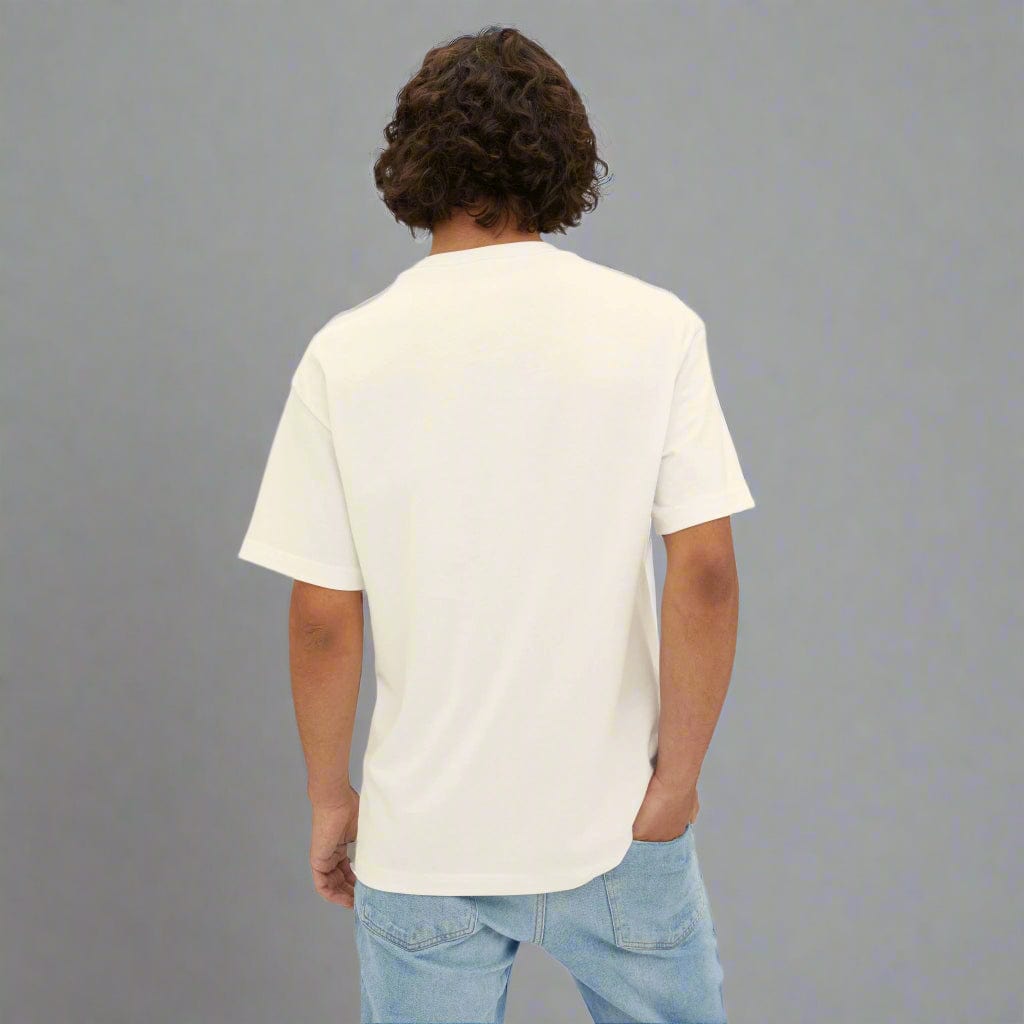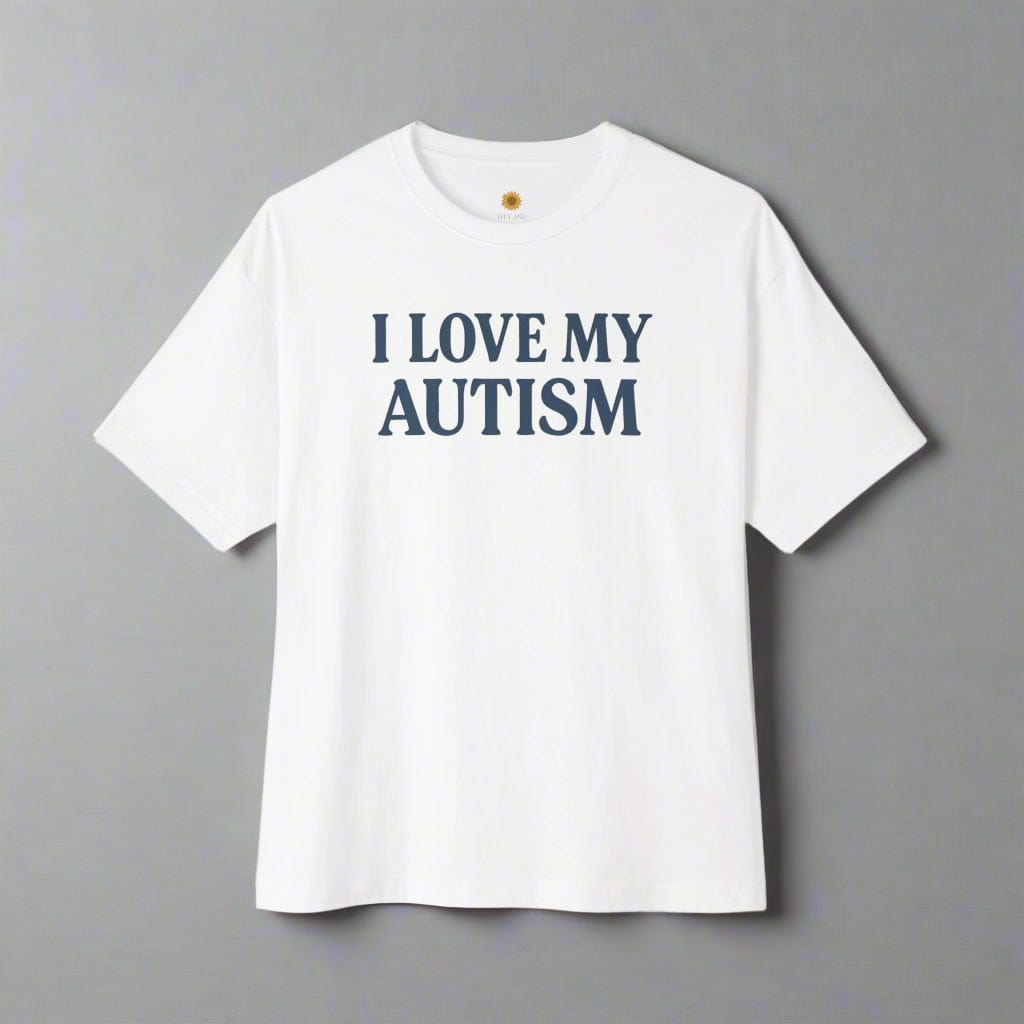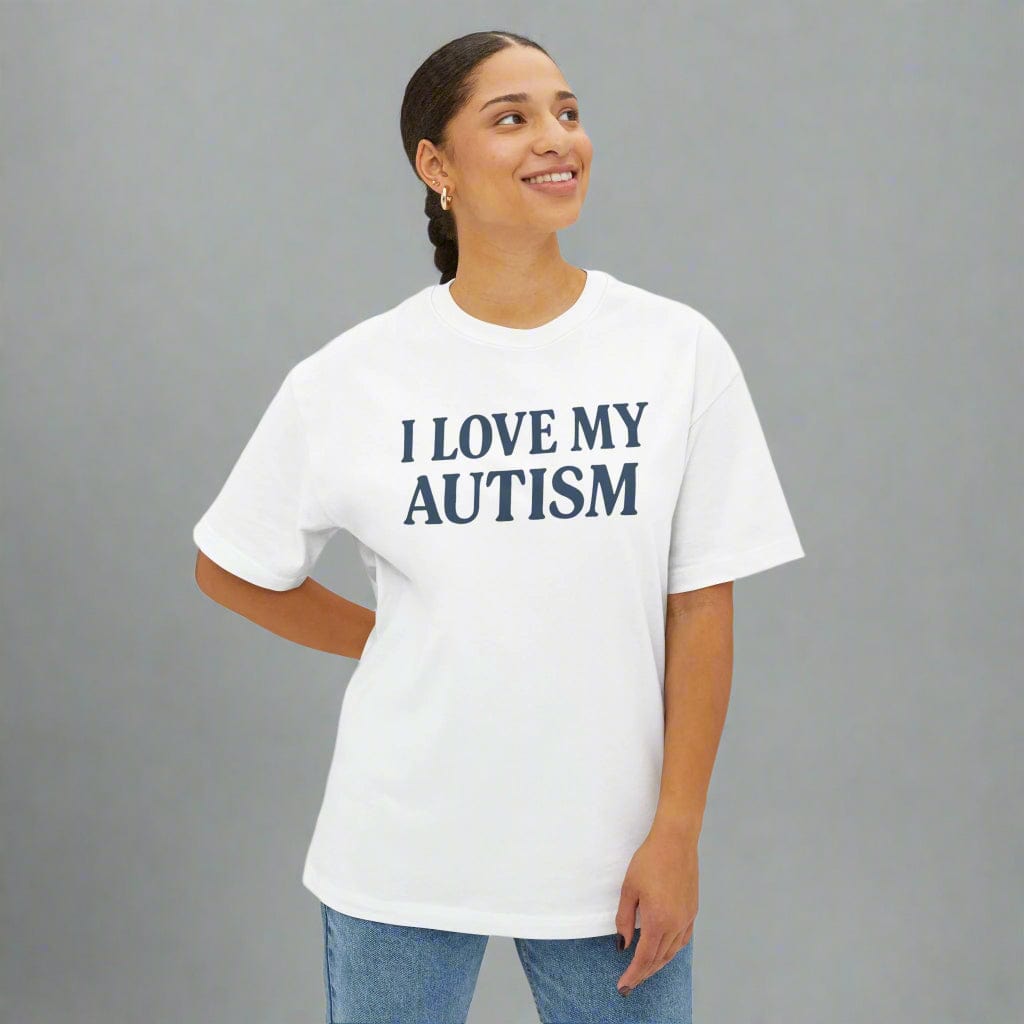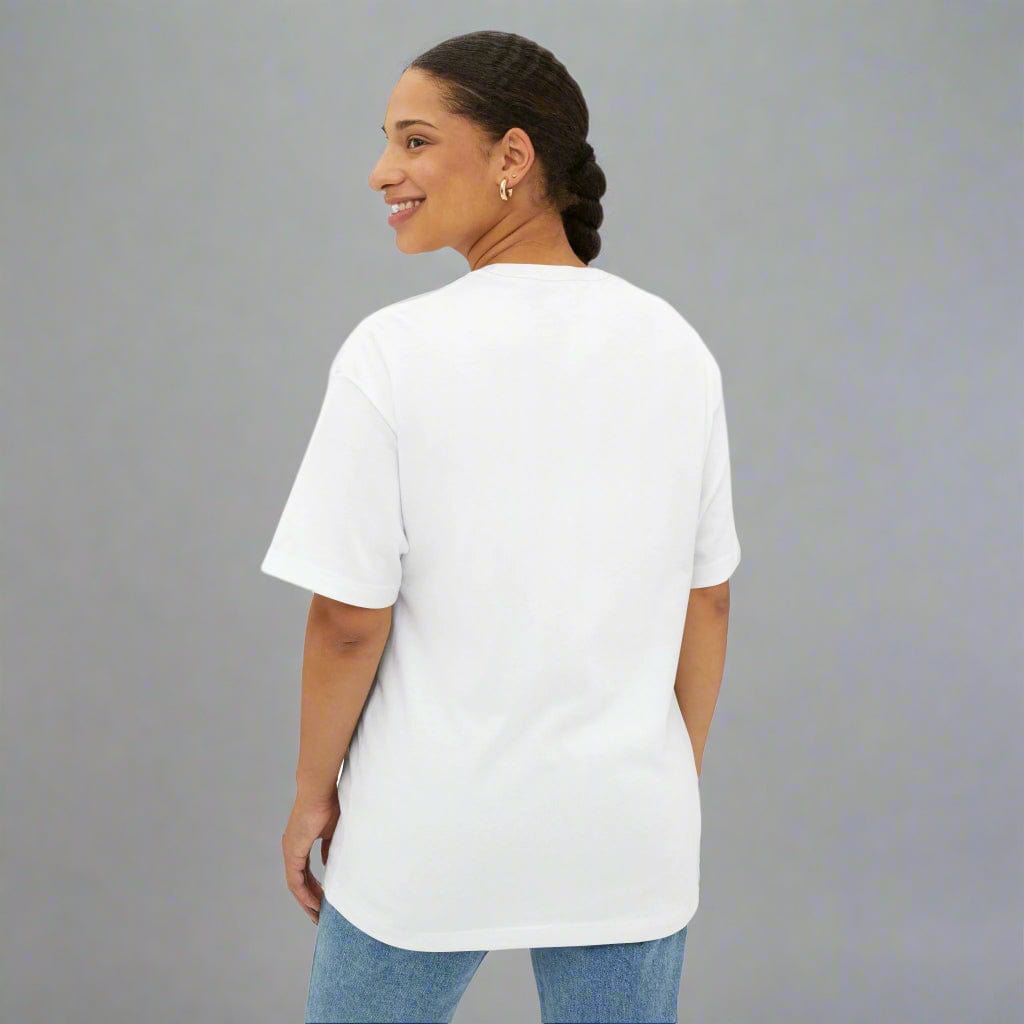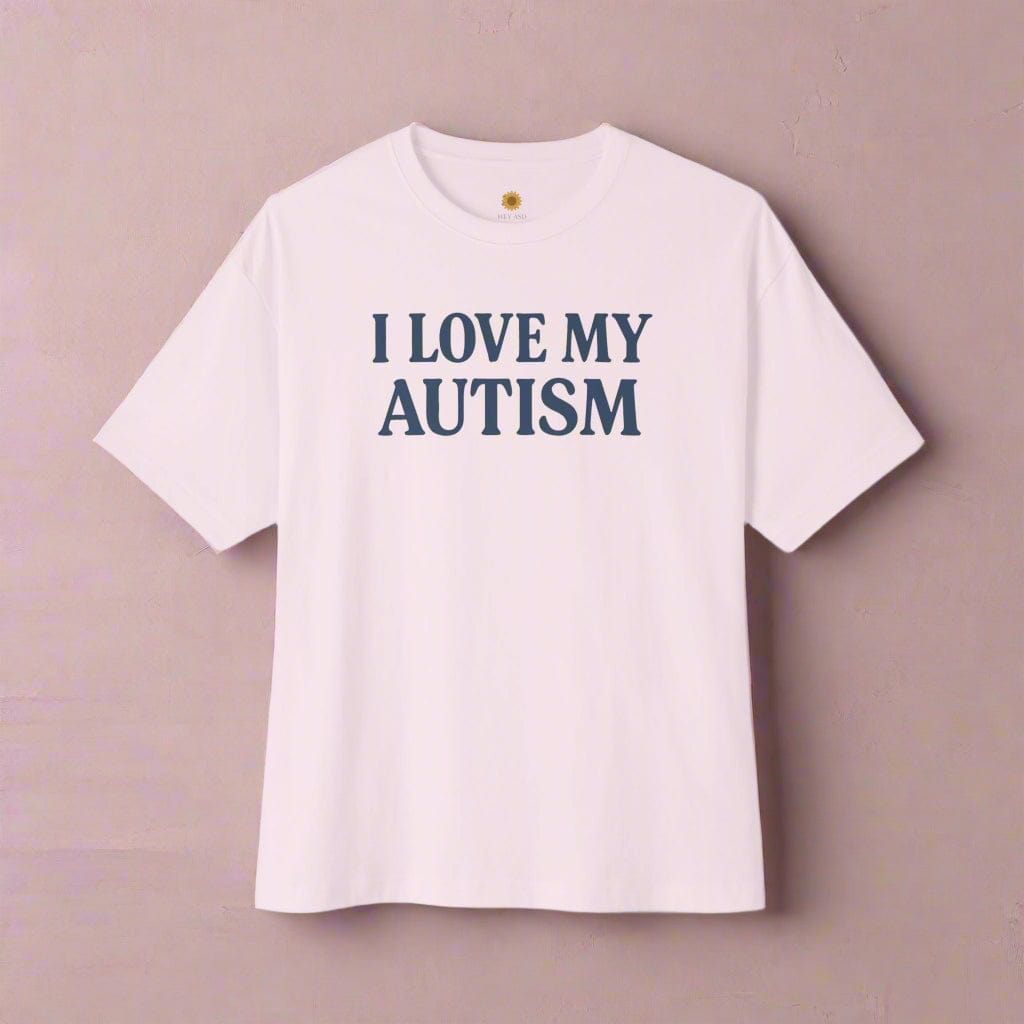Autism-Friendly Colors: Designing Calming Spaces That Support the Autism Spectrum

Written by the HeyASD Editorial Team
Color isn’t just decoration — it’s sensory information. For autistic individuals, every shade carries a feeling, a vibration, a level of comfort or overwhelm. Autism-friendly colors help reduce sensory overload, support emotional regulation, and create spaces that feel safe to exist in.
In this guide, we’ll explore the psychology behind color, sensory-considerate design, and the unique perspective of autistic creators who make every piece at HeyASD’s Wall Art Collection.
“Soft colors feel like emotional support. Harsh ones feel like static. Before my diagnosis, I thought I was picky — now I know it was sensory processing.”
Why Color Matters in Autistic Experience
Autistic people often process sensory input more intensely than non-autistic people. Bright lights, loud noises, and bold patterns can quickly lead to sensory overload. Color is part of that sensory landscape — it can soothe or overstimulate, regulate or exhaust.
When colors are gentle, predictable, and balanced, they support autonomic calm — helping the nervous system rest. When colors are chaotic or overly bright, they can heighten anxiety or trigger shutdown. Thoughtful color design is, therefore, a form of accessibility.
What Makes a Color Autism-Friendly?
Autism-friendly colors are low-contrast, low-saturation, and emotionally grounding. These palettes promote comfort, clarity, and connection.
- Muted tones: Sage green, dusty pink, sky blue, warm greige
- Soft neutrals: Cream, mushroom, ivory, soft stone
- Pastel shades: Lavender, mint, powder blue, blush
These hues minimise visual noise and work well alongside natural textures like linen, wood, and cotton. Together, they build environments that are not only calming but aesthetically timeless.
Colors to Use Thoughtfully
- Over-bright tones (neon, pure red, saturated yellow) may overstimulate
- High-contrast patterns can feel unpredictable or disorienting
- Fluorescent lighting amplifies harshness — choose warm light instead
“After repainting my bright red bedroom to muted sage, I started sleeping through the night again. I didn’t realise color was affecting my anxiety until it stopped.”
The Science of Sensory Color
Studies in Environmental Psychology show that muted blues and greens can lower heart rate and blood pressure. For autistic individuals, this effect can be magnified. Soft tones encourage parasympathetic regulation — the body’s ‘rest and digest’ response — while harsh hues can trigger stress hormones.
Color also interacts with lighting and texture. A cream wall under daylight may feel warm and safe, but under fluorescent light, it can appear sharp or grey. This is why sensory design must consider the whole environment — not color alone.
Designing Sensory-Friendly Interiors
1. At Home
Home should feel like an exhale. Choose warm neutrals and earth tones for walls and fabrics. Avoid shiny or glossy finishes that reflect glare. Keep patterns minimal and repeat gentle shapes for predictability.
Incorporate sensory-safe décor such as soft lighting, natural materials, and autism-friendly art that complements the room’s tones.
2. Sensory Rooms
In both home and community spaces, a calm corner or sensory room provides refuge from overstimulation. Use muted pinks, sea greens, and cool blues. Add layered lighting with dimmers and soft textures such as fleece or cotton canvas.
3. Workspaces and Studios
Autistic adults working from home often benefit from environments with balanced, low-contrast tones. A simple wall art piece featuring flowing shapes or nature scenes can reduce eye fatigue and create visual stability during long screen hours.
4. Healthcare & Therapy Settings
Soft, neutral palettes in waiting rooms and therapy offices help regulate arousal and build trust. Even small details — a pale lavender wall, a framed botanical print — can significantly improve comfort and emotional safety.
Autism-Friendly Wall Art: Made for & by Autistic Adults
At HeyASD, every artwork is designed with sensory comfort and autistic identity in mind. The Autism Wall Art Collection isn’t just décor — it’s community expression. Created by autistic artists, these pieces balance soothing color psychology with lived understanding of what calm truly feels like.
Every piece in the collection uses autism-friendly color palettes chosen for emotional resonance and gentle visual rhythm.
Featured Art for Calm Spaces

Radiant Dawn is designed by autistic artists to capture warmth, hope, and renewal. Its muted sunrise palette of sage, apricot, and cream brings a gentle focus to any sensory-friendly space — perfect for bedrooms, studios, or therapy rooms.
View ArtworkUnlike mass-produced prints, these are designed through the lens of lived sensory experience — meaning they’re tested for real comfort, not just style.
“When I hang a piece that was designed by another autistic person, it feels like being understood visually.”
Lighting, Color, and Texture: The Sensory Trio
Lighting changes everything. Even autism-friendly colors can feel harsh under fluorescent or cold LED bulbs. Choose warm-white light (2700–3000 K), diffused through lampshades or curtains, to maintain consistency. Combine that with matte textures — linen, clay, or raw wood — which absorb rather than reflect light, reducing sensory glare.
Autism-Friendly Color Guide (Choose What Feels Safe & Supportive)
Use this table to pick calming palettes, pair textures, and choose wall art that supports regulation and comfort. Preference always wins — these are starting points, not rules.
| Color Family | How It Can Feel | Best For | Pair With (Texture) | Lighting Tip | Wall Art Idea |
|---|---|---|---|---|---|
| Soft Blues (powder, sky) | Calm, clear, spacious; supports steady focus | Bedrooms, study corners, therapy rooms | Washed linen, matte ceramics, light wood | Warm LEDs (2700–3000K) to avoid “cold” glare | Abstract gradients or ocean-inspired prints |
| Sage Greens (eucalyptus, moss) | Grounded, balanced; reduces hypervigilance | Living rooms, calm corners, waiting areas | Cotton canvas, rattan, plants, raw timber | Diffuse natural light; add sheers for softness | Nature motifs with gentle contours |
| Warm Neutrals (cream, mushroom, greige) | Safe, cozy, predictable; soft background for life | Whole-home continuity; multi-use spaces | Wool throws, cork, clay vessels, boucle | Layer lamps; avoid fluorescent flicker | Minimal type art with gentle affirmations |
| Lavender & Lilac (muted) | Comforting, reflective; softens edges of the day | Reading nooks, recovery spaces, counseling rooms | Velvet cushions, matte paper, pale oak | Warm-dim bulbs in evenings to cue rest | Flowing pastel abstracts (“Ethereal” styles) |
| Dusty Pinks / Blush | Nurturing, gentle warmth without intensity | Calm corners, creative zones, small spaces | Cotton sateen, soft knit, light maple | Bounce light off walls (lampshades, not bare bulbs) | Soft geometric waves; low-contrast palettes |
| Cool Charcoal (soft, not stark) | Cocooning, clarifying when used sparingly | Focus walls, media rooms, art backdrops | Textured weaves, felt pinboards, matte frames | Balance with warm lamps to avoid heaviness | Monochrome line art with soft edges |
Tip: If you love brighter colors, introduce them in smaller, low-contrast accents (pillows, a single print) and keep background tones gentle.
Practical Steps to Create an Autism-Friendly Space
Transforming your home into an autism-friendly space doesn’t have to happen all at once. Small, intentional changes can make a huge difference — both emotionally and physically. The goal is comfort, not perfection. Here’s how to start designing a space that feels like an exhale.
1. Start with One Calm Zone
Choose a single spot — a reading nook, bedroom corner, or workspace — and make that your first sensory-friendly zone. Repaint walls in muted tones or introduce autism-friendly wall art that reflects soft, grounding colors. This gradual approach builds confidence and helps identify what truly feels soothing before expanding the style throughout the home.
2. Reduce Visual Clutter
Autistic adults often process every visual element at once, which can make busy rooms exhausting. Simplify where possible: use closed storage, neutral baskets, and clear surfaces. Choose décor that feels intentional — one framed print or sensory-friendly artwork often has more impact than a crowded gallery wall.
3. Anchor the Space with Nature
Natural elements regulate sensory balance. Plants, wooden textures, and nature-inspired wall art connect your environment to calm, organic rhythm. Even a small plant or eucalyptus print can help reduce stress and support gentle focus throughout the day.
4. Keep a Consistent Palette
Consistency equals predictability — something many autistic people find soothing. Maintain a cohesive color palette across rooms to reduce sensory load. For example, if your bedroom uses sage and ivory, echo those tones in your hallway or living space. This visual continuity reinforces calm and makes transitions between areas feel smoother.
5. Personalize Comfort Tones
No two autistic people experience color the same way. Encourage each person in the home to choose their own comfort tones — colors that feel grounding rather than stimulating. For some, it’s soft blue; for others, it might be blush, charcoal, or gentle green. What matters most is that the color feels safe to them.
6. Focus on Lighting Harmony
Lighting and color should work together. Replace harsh or fluorescent bulbs with warm LEDs (2700–3000K) and add dimmers when possible. Use sheer curtains or lampshades to diffuse light and soften contrast. Warm light allows autism-friendly colors to show their true, calming character.
7. Layer Texture Thoughtfully
Textures are part of sensory comfort. Soft fabrics, matte finishes, and natural materials absorb rather than reflect light, creating a cozy, predictable environment. Pair wool throws with smooth framed art or linen cushions to introduce gentle variety without overwhelm.
8. Add Sensory-Friendly Wall Art
Visual calm doesn’t mean blank walls. It means intentional imagery that supports emotional regulation. Explore HeyASD’s Wall Art Collection — created by autistic adults, for autistic adults — featuring nature-inspired designs and affirmations that blend seamlessly with muted color palettes.
9. Keep Adjusting Over Time
Autistic needs can shift with mood, season, or sensory load. The beauty of sensory-friendly design is flexibility. Swap prints, adjust lighting, or add a new soft hue when needed. A truly autism-friendly home grows with you — it’s a living expression of self-understanding and comfort.
“Every small change I made — a calmer wall color, one framed print, fewer harsh lights — felt like another breath of safety returning to my space.”
Emotional Benefits of Color Harmony
When the sensory environment aligns with autistic needs, emotional safety follows. Many autistic adults describe feeling more grounded, focused, and self-expressive in spaces designed with care. It’s not about perfection — it’s about permission to exist without tension.
Designing with autism-friendly colors is a small but powerful way to say: you belong here.
Bring Calm Into Your Space
Explore wall art created by autistic artists using sensory-friendly colors that calm, comfort, and connect.
Explore the CollectionConclusion: Designing With Understanding, Not Just Aesthetics
Creating an autism-friendly space isn’t about following rules — it’s about listening to how your body and mind respond to the world around you. Color, lighting, and texture all carry emotional weight, and when chosen thoughtfully, they can transform a house into a place of regulation, belonging, and ease.
Every piece you bring into your environment tells a story about what safety feels like to you. At HeyASD, our wall art and sensory-friendly products are designed through lived experience — by autistic adults, for autistic adults. Each creation carries the intention of calm, inclusion, and self-acceptance.
Whether you start with a single print, a soothing wall color, or a small sensory corner, remember: comfort grows through awareness. The more we honour autistic perception, the more beautiful and sustainable our spaces become — not just visually, but emotionally.
“When a space understands you, you don’t have to explain yourself to it. You can simply be.”
You deserve to feel safe, seen, and supported in every room you walk into. Explore HeyASD’s Autism Wall Art Collection to find pieces that bring peace, pride, and identity to your everyday environment.
FAQs About Autism-Friendly Colors
What are autism-friendly colors?
They’re muted, neutral, or pastel tones — like sage green or soft lilac — that reduce sensory overload and promote relaxation. They support focus, comfort, and self-regulation.
Why are bright colors overwhelming for some autistic people?
Because of sensory hypersensitivity. The brain may interpret bright or high-contrast colors as excessive input, causing discomfort or fatigue.
How do autistic artists choose colors for HeyASD wall art?
Our creators test colors in different lighting and consider how hues interact emotionally and physiologically. Every print is designed for gentle focus — not stimulation overload.
Can autistic people still enjoy bright colors?
Absolutely. Autism-friendly design means respecting individual preference. If bright teal brings joy, use it — balance it with softer surroundings.
What colors help calm anxiety?
Cool blues, sage greens, and warm neutrals promote relaxation and lower stress. Combined with soft lighting, they help create sensory-safe zones.
Where can I find autism-friendly décor?
Visit HeyASD for wall art, sensory blankets, and décor designed for and by autistic adults, crafted with gentle colors and inclusive design principles.
Can these principles be used in schools or offices?
Yes — consistent, muted palettes and low-glare surfaces improve comfort for everyone, making spaces more accessible and neurodiversity-affirming.
Do sensory colors help with focus?
Yes. Reduced visual clutter allows the brain to prioritise tasks without constant re-regulation, improving attention and lowering fatigue.
What’s the first step in making a space more autism-friendly?
Start with color. Repaint or add art in soothing hues, replace harsh lighting, and remove clutter. Small sensory adjustments lead to meaningful comfort.
On This Page
Frequently asked questions
How can I choose colors that support sensory-friendly design in autism-friendly wall art?
What are some ways to create calming environments for autism using wall art?
How do color preferences vary among autistic individuals, and how can I respect them in design?
What role do visual supports like schedules and symbols play in autism-friendly spaces?
Are there autism-friendly products like calming blankets or sensory tools that complement autism-friendly wall art?
How can simplicity and minimalism in wall art help reduce sensory overload for autistic individuals?
What autism support resources are available to help me learn more about creating inclusive environments?
How can collaboration with autism-friendly art organizations improve the design of sensory-friendly spaces?
Can Autism-themed decor or t-shirts be used alongside wall art to create a supportive and welcoming environment?

About the HeyASD Editorial Team
Autistic‑owned • Values‑led • Sensory‑friendly design
We are autistic creators, writers, and advocates dedicated to producing resources that are practical, sensory-aware, and grounded in lived experience. Our mission is to make information and products that support the autistic community accessible to everyone, without jargon or condescension. Learn more about our team.
This article is written from lived autistic experience and an evidence-aware perspective. It is for general informational purposes only and should not be taken as medical, legal or therapeutic advice.
Always consult a qualified clinician or occupational therapist for individual needs and circumstances.

About Our Autism Blog
HeyASD isn’t just a store, it’s a calm, supportive space created by and for autistic adults. Our blog shares sensory-friendly tips, identity-affirming stories, and heartfelt resources for navigating life as an autistic person. Whether you're late-diagnosed, exploring your needs, or supporting someone you love, you're welcome here.
Thank you for reading. We hope these resources bring comfort and clarity.












